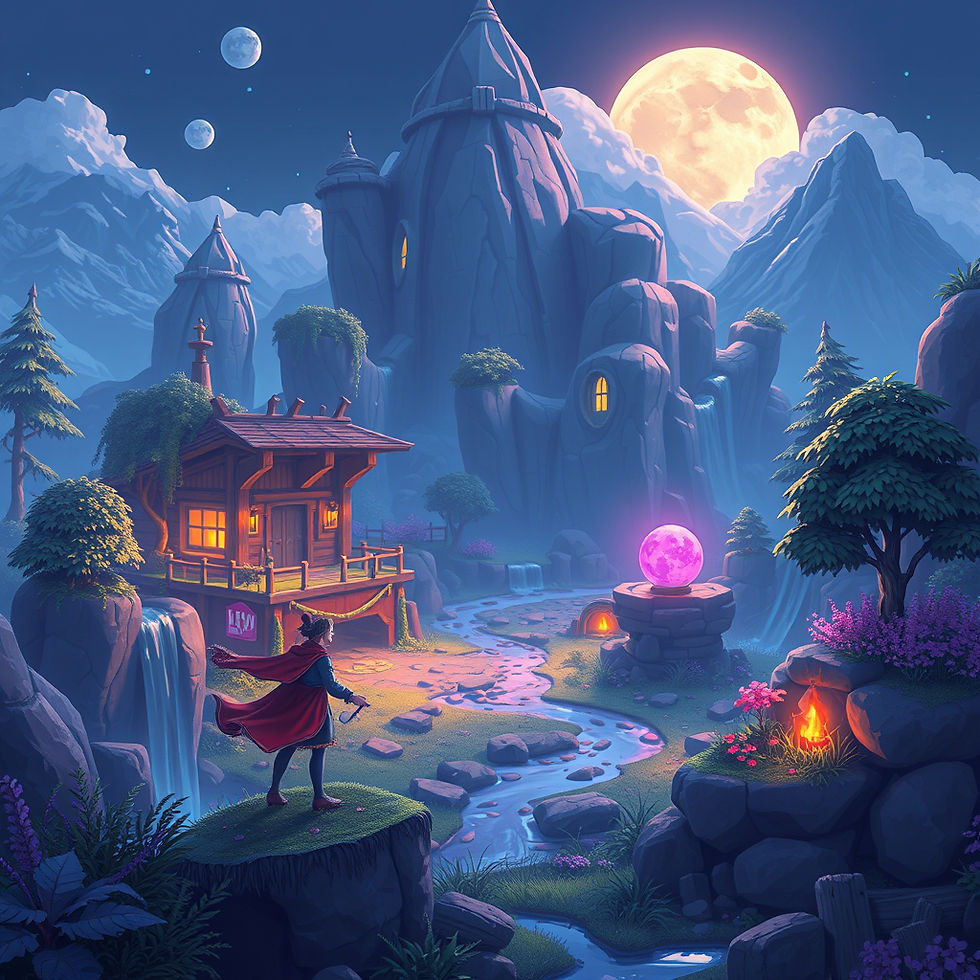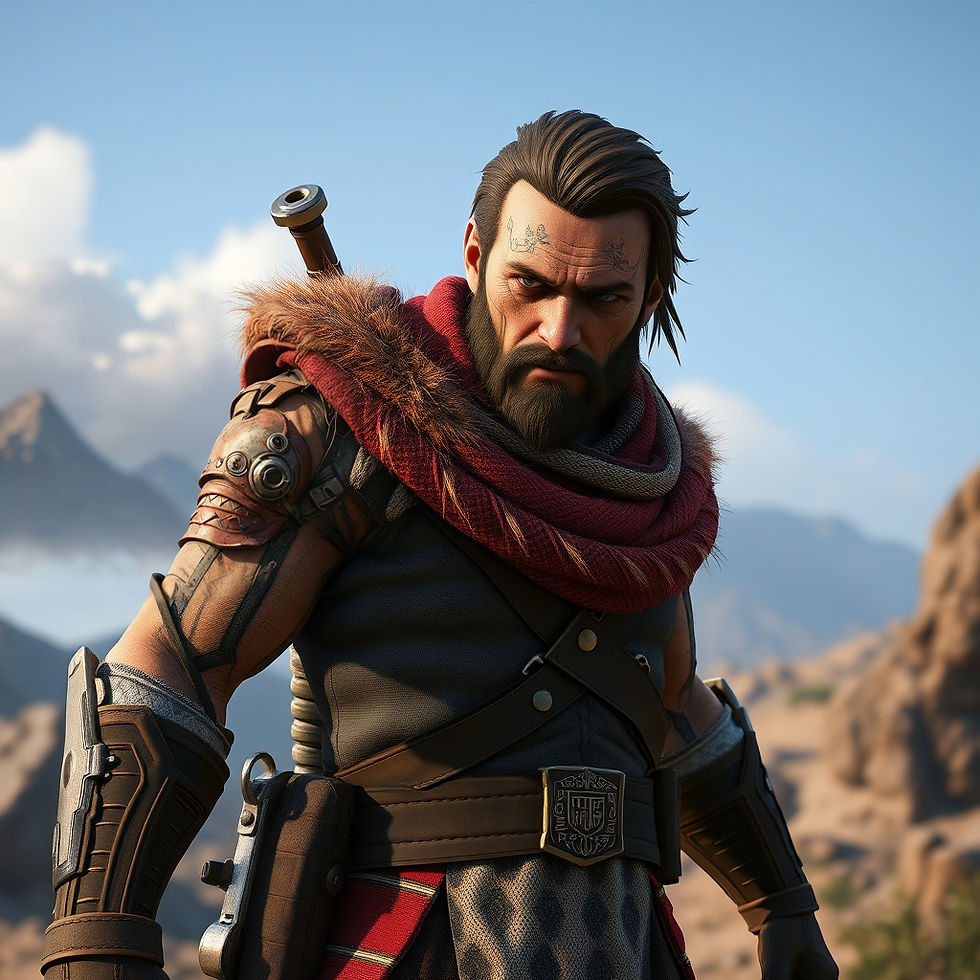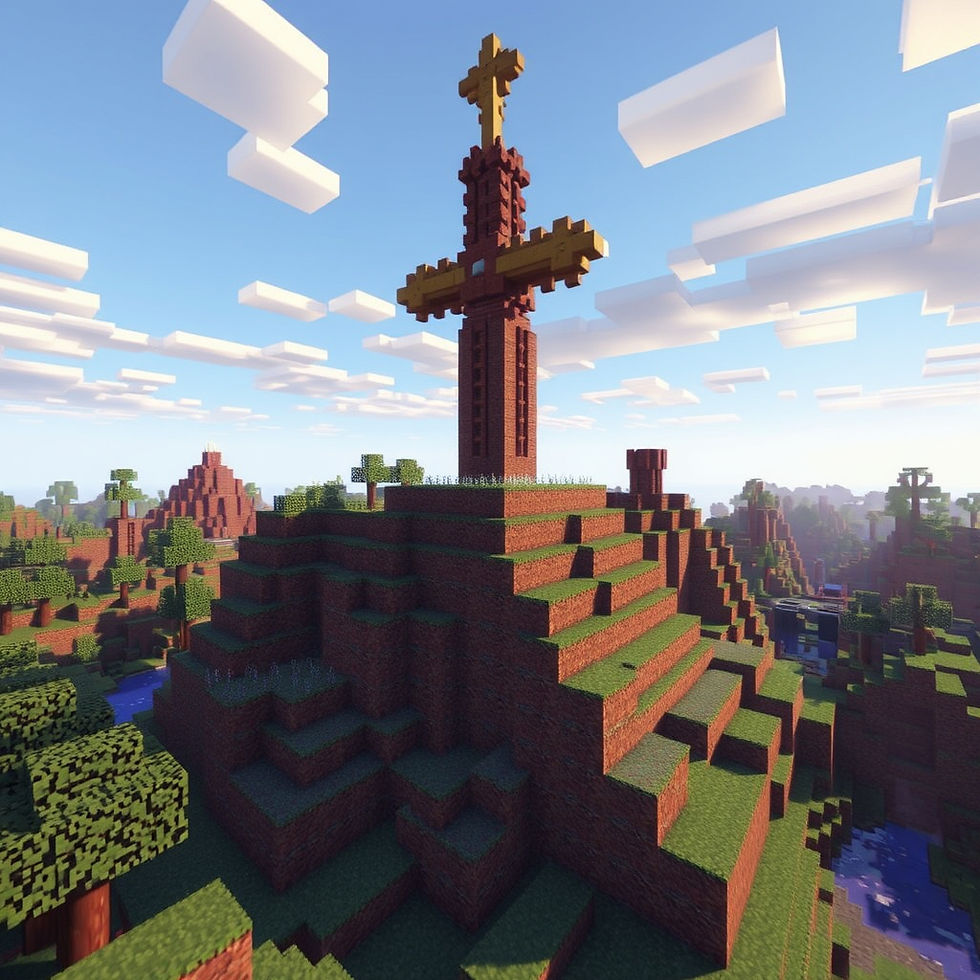The Power of Animation in Game Development
- Geniuscrate

- Aug 21
- 2 min read

Animation is the heartbeat of video games. From the subtle flicker of a torch in the distance to the fluid combat sequences that keep players on edge, animation transforms static worlds into living, breathing experiences. Without it, games would feel lifeless like mere models frozen in time. With it, they become immersive adventures where every gesture, movement, and reaction carries meaning.
In this blog, we’ll explore why animation is vital in gaming, the different forms it takes, the technology powering it, and how it shapes unforgettable player experiences.
Why Animation Matters in Games
Great game animation is more than just visual polish, it’s the invisible force that drives immersion. It gives characters emotion and personality, ensures environments feel alive, and provides essential feedback to the player’s actions.
Think of the satisfying recoil of a gun, the dramatic swing of a sword, or even the idle animations of a character breathing. These details may seem small, but together, they create a sense of realism that keeps players connected. Smooth, responsive animation can make gameplay feel effortless, while poor animation can instantly break the experience.
Different Types of Animation in Gaming
To create truly engaging worlds, developers use multiple forms of animation, each serving a unique purpose:
Character Animation – Bringing heroes, villains, and NPCs to life through body language, facial expressions, and motion.
Environmental Animation – Dynamic weather, swaying trees, flowing water, and flickering lights that make the world feel authentic.
Cinematic Animation – Storytelling moments, cutscenes, and scripted events that immerse players in the narrative.
Gameplay Animation – Combat mechanics, item interactions, UI transitions, and quick responses to player input.
Together, these animation layers ensure that both the world and its inhabitants feel consistent and alive.
Technology Powering Game Animation
Modern game animation is a fusion of artistry and technology. Techniques such as motion capture, rigging, inverse kinematics, and physics-driven animation help create lifelike motion while still giving developers creative control.
Game engines like Unreal Engine and Unity elevate this further, ensuring animations adapt to gameplay fluidly. Whether it’s a cinematic cutscene or a spontaneous combat move, technology ensures every frame feels natural and responsive.
Conclusion
Animation in gaming is more than movement, it’s storytelling in motion. It bridges the gap between player and character, enhances gameplay mechanics, and breathes life into digital worlds. From cinematic sequences to subtle environmental details, it shapes how players feel, react, and remember their experiences.
At GeniusCrate, we understand the critical role animation plays in gaming. That’s why we deliver high-quality assets built for seamless animation; from rigged character models to intricate environments and props. Using industry-leading tools like Maya, Blender, Substance Painter, and Unreal Engine, we help developers craft immersive experiences where every animation feels alive and unforgettable.



Comments